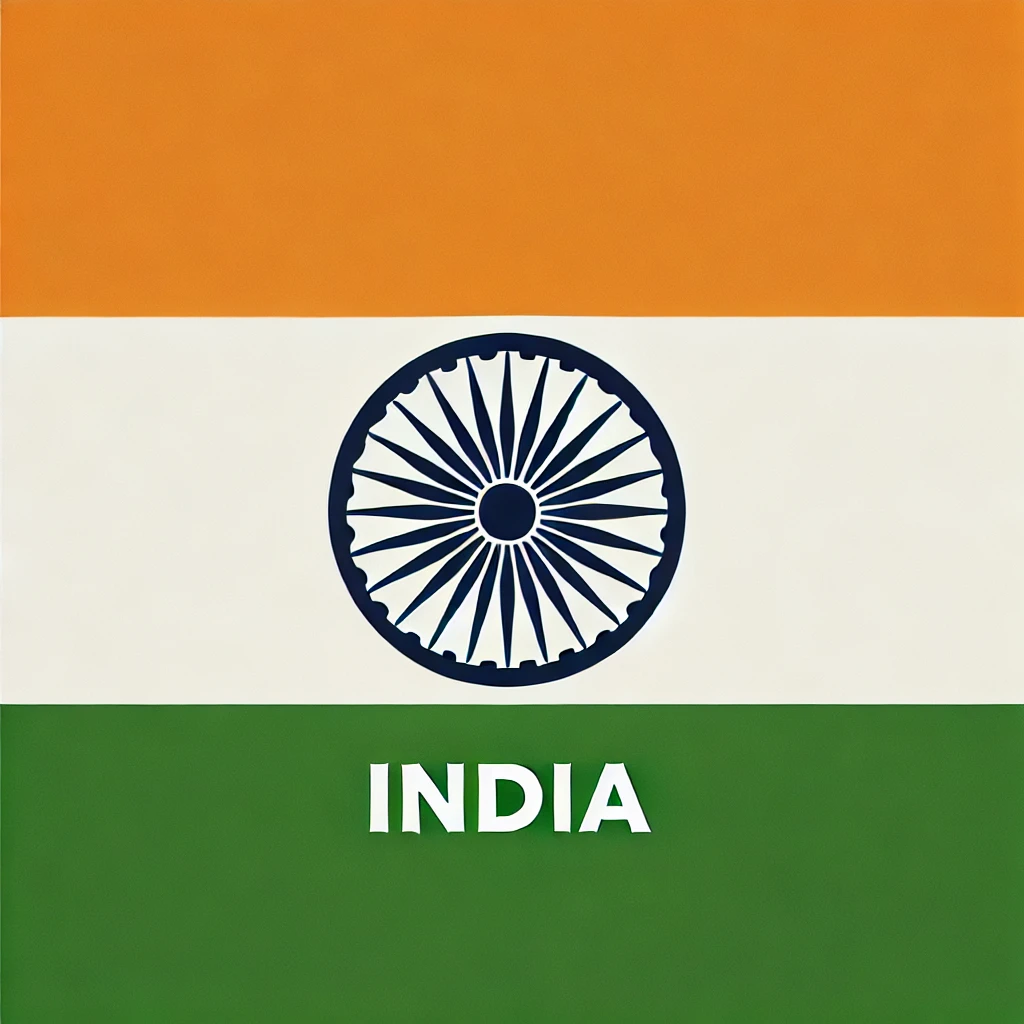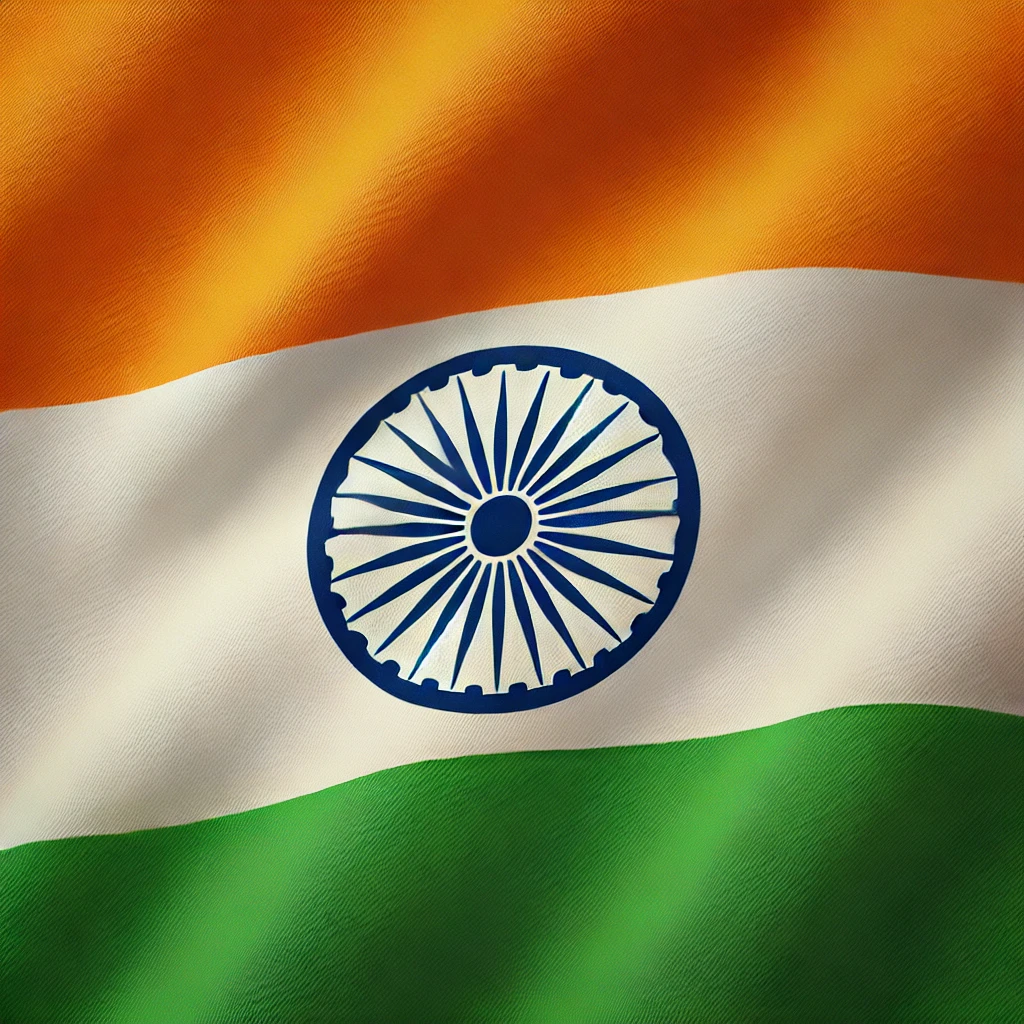Table of Contents
Republic Day 2024: Republic Day celebrates the day when India’s Constitution came into force on January 26, 1950, replacing the Government of India Act 1935. This event transformed India from a dominion under British rule to a fully independent republic. Republic Day was first observed on January 26, 1930, when the Indian National Congress declared India’s independence. This year marks the 75th Republic Day, and it will be celebrated with the themes “Viksit Bharat” (Developed India) and “Bharat – Loktantra ki Matruka” (India – Mother of Democracy).
About National Flag
The National Flag of India consists of three horizontal stripes. The top stripe is deep saffron (Kesaria), the middle one is white, and the bottom stripe is dark green. The flag’s width-to-length ratio is 2:3. In the center of the white stripe, there’s a navy-blue wheel, known as the chakra.
- The saffron color at the top represents the country’s strength and bravery.
- The white band in the middle symbolizes peace and truth, along with the Dharma Chakra.
- The green color stands for the fertility, growth, and prosperity of the land.
- The wheel design resembles the one on the Sarnath Lion Capital of Ashoka. Its diameter matches the width of the white band, and it has 24 spokes.
National Flag of India: Names from 1906 to 2024
The national flag of India has evolved over the years, reflecting the country’s journey towards independence and beyond. Here’s a look at the different names and designs of the Indian flag from 1906 to 2024:
1. 1906 – Calcutta Flag
- The first unofficial flag of India was raised in Calcutta (now Kolkata) in 1906. It had three horizontal stripes of green, yellow, and red.
2. 1907 – Berlin Committee Flag
- Similar to the 1906 flag but with a slight variation, this flag was unfurled by Bhikaiji Cama in Germany, representing the Indian freedom struggle.
3. 1917 – Home Rule Movement Flag
- During the Home Rule Movement, this flag was introduced. It had five red and four green horizontal stripes, with a Union Jack in the top left corner.
4. 1921 – Gandhi’s Flag
- Mahatma Gandhi proposed a flag with a spinning wheel (charkha) at the center, symbolizing self-reliance. It had three colors: white, green, and red.
5. 1931 – Tricolor Flag
- The Indian National Congress adopted a new tricolor flag with saffron, white, and green stripes. The charkha remained in the center.
6. 1947 – National Flag of India
- On August 15, 1947, the current national flag of India was adopted. It has three horizontal stripes of saffron, white, and green, with the Ashoka Chakra (a navy-blue wheel) in the center.
7. 2024 – Present Flag
- The national flag of India, adopted in 1947, continues to be the symbol of our country’s unity, pride, and sovereignty.
Flag Of India FAQs
Why does the Ashoka Chakra have 24 lines?
The 24 lines in the Ashoka Chakra represent the 24 hours of the day and the cycle of time.
What do the 3 colors of the Indian flag mean?
Saffron represents courage, white stands for peace, and green symbolizes growth and prosperity.
Who designed our National Flag?
Pingali Venkayya designed the Indian National Flag.
What is the name of India's flag?
The flag of India is called the 'Tiranga' or 'Tricolor.'
Why is our National Flag called Tiranga?
It’s called 'Tiranga' because it has three distinct colors—saffron, white, and green.
Who invented the Indian flag?
The Indian flag was designed by Pingali Venkayya.
Who designed our National Flag in 1947?
Pingali Venkayya designed the National Flag in 1947.
















